Why would a figure as intriguing, bold, and unforgettable as Lilith get written out of mainstream religious stories?
She had wings, a will of her own, and a narrative too spicy for the polite pages of sacred texts. And yet – poof – gone from most of our childhood stories.
But history doesn’t just forget. It chooses to forget. Especially when the story doesn’t fit a particular script. Lilith was complicated.
She wasn’t obedient, soft, or convenient, and that made her dangerous in the eyes of ancient editors. So let’s roll up our sleeves and unpack the biggest theories on why she vanished from the official records.
These aren’t just dusty academic ideas – they’re juicy, curious, and maybe even a little rebellious. Just like Lilith herself.
1. She Didn’t Fit the Obedient Woman Archetype

At a time when religious institutions were building a framework for what “good womanhood” looked like, Lilith was a walking contradiction.
She didn’t obey. She didn’t follow. She didn’t smile sweetly and serve. Instead, she talked back. She had her own thoughts, her own voice, and her own demands.
And that was a threat to the tidy template of the obedient wife and mother. Imagine trying to teach women to be submissive while a story about a defiant, powerful first woman was floating around.
In her place came Eve – gentle, made from man, and easy to mold. Lilith was too wild for the curriculum, so they erased her.
2. Early Editors Didn’t Know What to Do With Her
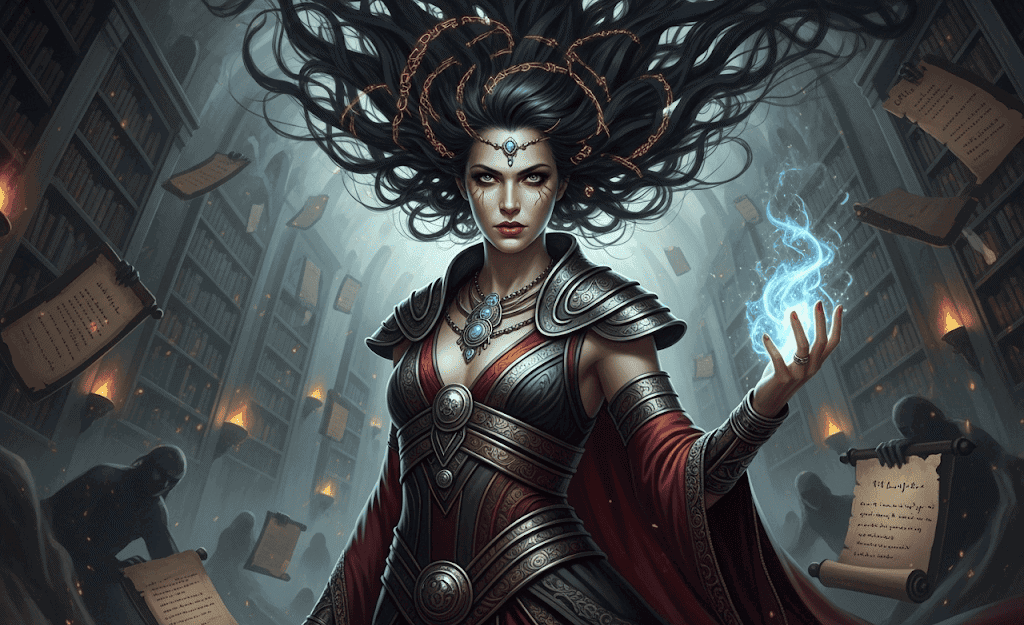
Religious texts didn’t appear overnight—they were passed down, translated, debated, and edited by people with pens and opinions.
And Lilith? She didn’t make editing easy. Her story was fragmented, coming from older mythologies, oral tales, and fringe folklore.
She didn’t slot neatly into Genesis or follow a clean timeline. So some scribes and scholars probably looked at her and thought, “Too weird, too messy, too much.”
Instead of embracing the mystery, they cut her out in favor of narratives that were simpler and more controllable.
After all, a woman who flies away from Eden isn’t exactly standard material. So Lilith got shuffled into footnotes, forgotten books, and “don’t ask” categories.
3. Her Magic Made People Nervous
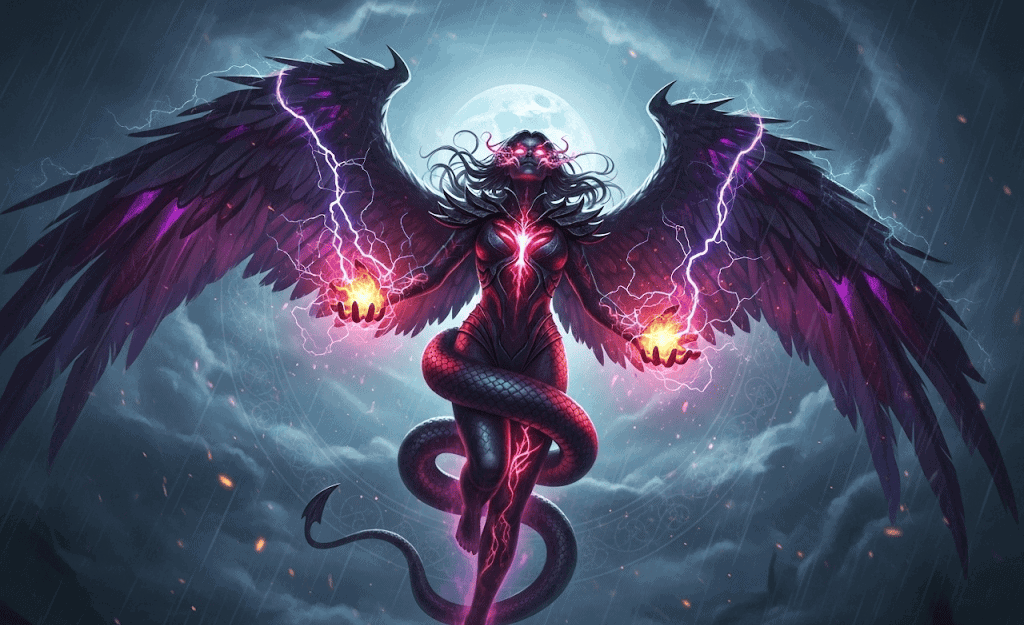
Lilith wasn’t just a woman, she was a magical force. Ancient myths gave her supernatural qualities: she could fly, shapeshift, haunt dreams, and speak the names of God.
That’s not just mythological flair, that’s serious power. And power in the hands of a woman? Yikes, said the patriarchs.
Instead of honoring her as a magical being, she became a warning tale, a bogeywoman who stole babies and seduced men.
Because it’s easier to fear what you don’t understand than to explore it. Lilith’s magic made her harder to control, both in myth and in message.
And so, she got pushed out of the canon. But let’s be honest, wouldn’t you want to read the version of the Bible where the first woman has wings and spells?
4. She Challenged the Idea That Women Were Secondary
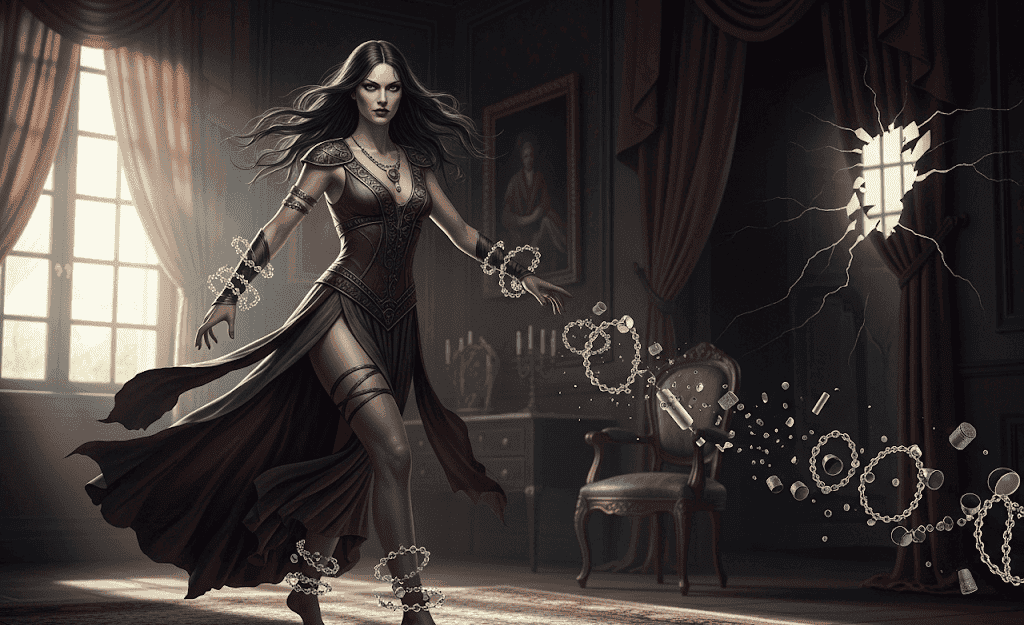
Lilith came before Eve. Let that sink in. That alone messes with the timeline of “man first, woman second.”
She was a game-changer, a figure that questioned the very foundation of gender hierarchy. If Lilith was created alongside Adam, not after him, then the “helper” role assigned to Eve suddenly seems… optional.
And if one woman refused to serve, others might follow. So instead of letting that disruptive idea spread, religious thinkers clipped it at the root.
By removing Lilith from the spotlight, they could maintain the narrative that woman was a secondary creation—designed from man, for man.
Erasing her helped secure a worldview where men led and women followed. If Lilith had stayed, the whole power structure could’ve crumbled like a poorly baked fig cake.
5. She Was Claimed by Folk Traditions and Not “Official” Religion
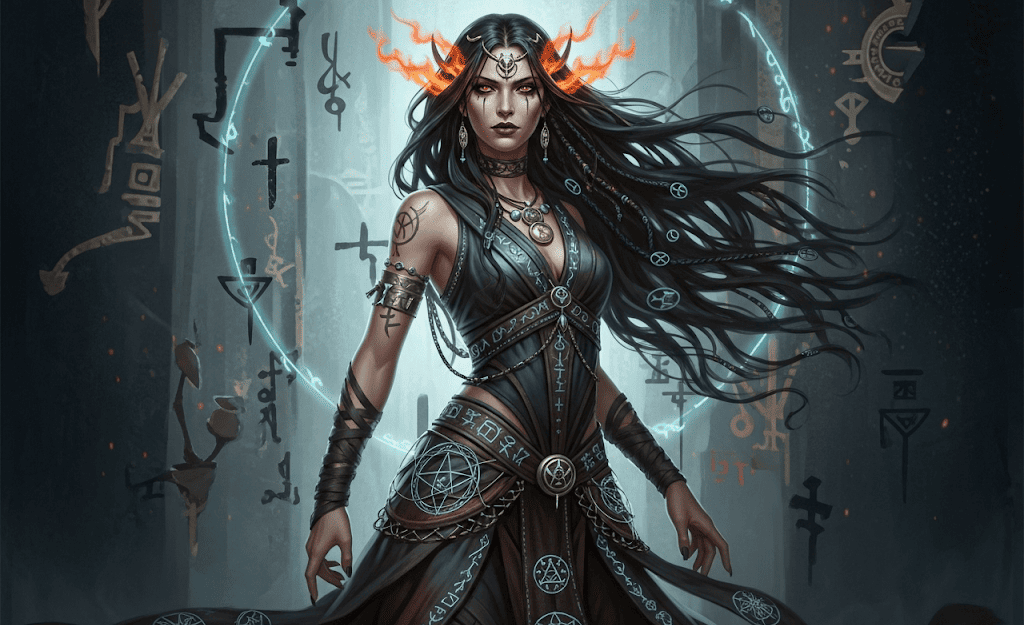
Lilith didn’t disappear from stories; she just moved to a different stage. While mainstream religious texts pushed her out, she was kept alive in whispers, lullabies, and legends.
She became a central figure in Jewish folklore, not theology. That’s a big distinction. When an idea lives in official scripture, it’s “truth.” When it lives in folk tales, it’s “just a story.”
Lilith was embraced by storytellers, not priests. That means she was passed down with love, fear, and fascination, but not authority.
As religion became more centralized, anything not part of the approved texts got treated like superstition. So even though people kept talking about her, scholars shrugged her off as myth.
But what’s more powerful than an idea the people never stop telling, no matter how “unofficial”?
6. She Didn’t Play the Mother Role
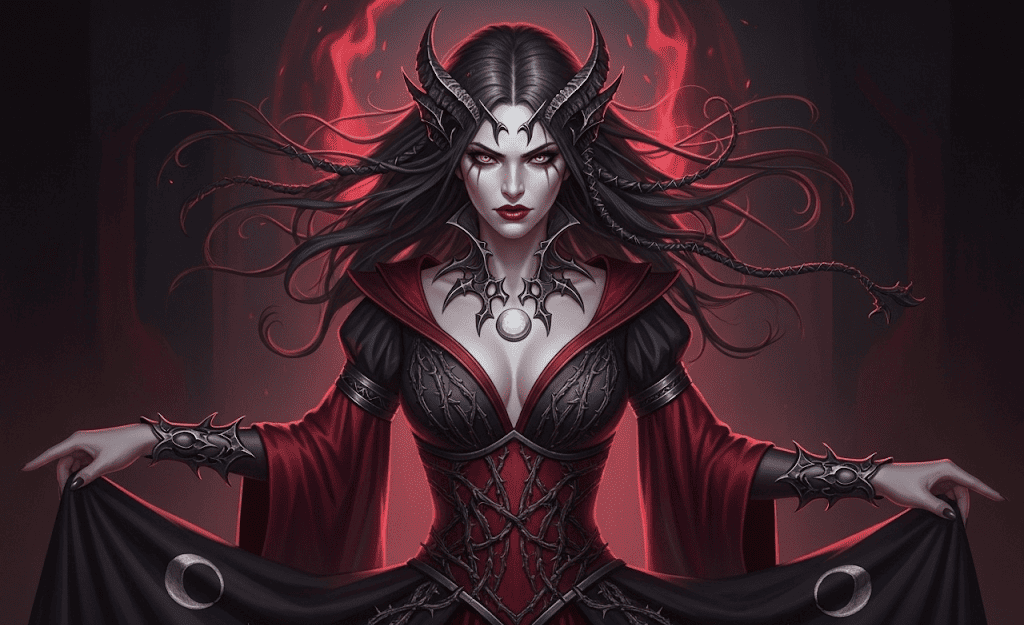
Religions often paint women as natural caregivers – mothers, nurturers, saints of the domestic sphere. But Lilith?
She had zero interest in that script. She became the anti-mother in many tales—blamed for infant mortality, night terrors, and all things that went bump in the cradle.
Was she really a child-harming demon? Or did stories twist her refusal to conform into something monstrous?
Either way, she didn’t represent the safe, soft, maternal ideal that religion wanted women to aspire to. And for that, she was cast out of the holy spotlight.
If Lilith had stayed in religious texts, she might’ve opened up space for women who didn’t want kids or who wanted to define motherhood on their own terms. That was too radical for ancient times. So… delete.
7. She Made Divine Authority Look Flawed
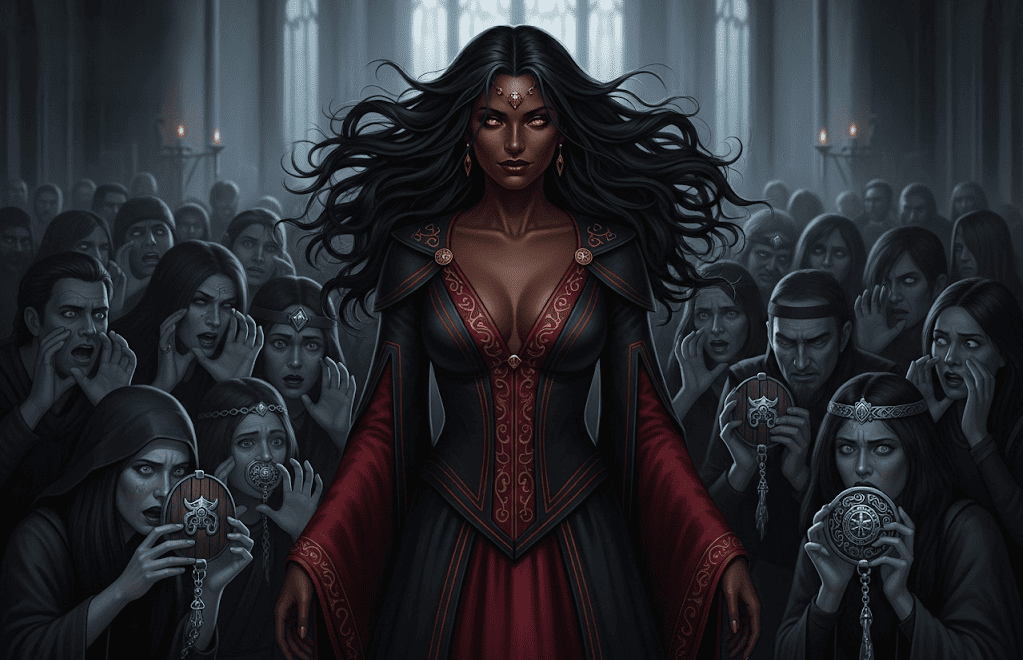
Let’s be real – if the first woman walked away from God’s perfect plan, what does that say about the plan? It introduces the idea that divine creation wasn’t flawless, that even Paradise had problems.
That’s a little too honest for a sacred text meant to inspire obedience and awe. Lilith’s defiance suggests the possibility that God’s choices aren’t always accepted.
People, especially women, might resist even the highest authority. That idea makes for a fascinating novel, but a risky religious doctrine.
So to keep the image of a perfect world in place, Lilith’s refusal had to be erased. After all, it’s easier to tell people “God’s way is the only way” if you don’t mention that the very first woman called B.S. and left.
8. She Blurred the Line Between Human and Divine
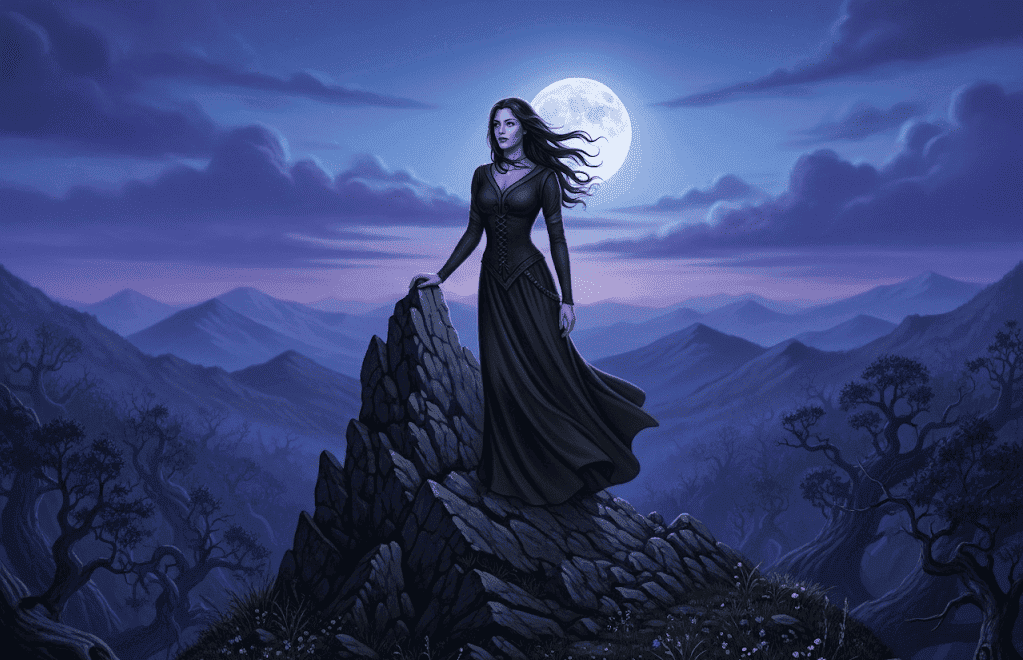
Lilith didn’t act like a regular human. She knew divine secrets, could utter sacred names, and had powers that rivaled angels.
That made her confusing. Was she a woman? A goddess? A fallen angel? Religious structures like clear roles – God is here, humans are there, and the divine is always above.
Lilith challenged that separation. She sat in the in-between. That kind of blurred boundary doesn’t sit well in a black-and-white worldview.
So instead of explaining her nuance, she was written out. But her myth still lingers in the cracks—in stories of witches, sirens, and spirit women who dance on the edge of heaven and earth.
Lilith lives where lines blur, and that’s exactly where powerful women have always made their mark.
9. She Couldn’t Be Controlled by Men – Or By Text

Most ancient texts, especially religious ones, were written and preserved by men. And men in power don’t usually celebrate the stories of women they can’t control.
Lilith refused control in every form – sexual, emotional, spiritual. She didn’t bend. She didn’t break. She didn’t get “redeemed” by a man’s love.
That made her a liability to male-dominated institutions. Worse, she was unpredictable. Her story popped up in different cultures with different tones.
She didn’t stick to a script. And that makes for a messy heroine. Easier to scrub her out entirely than risk young girls reading about a woman who wouldn’t behave. The message was clear: if you can’t control her, you erase her.
10. She Was a Threat to the Story of Redemption
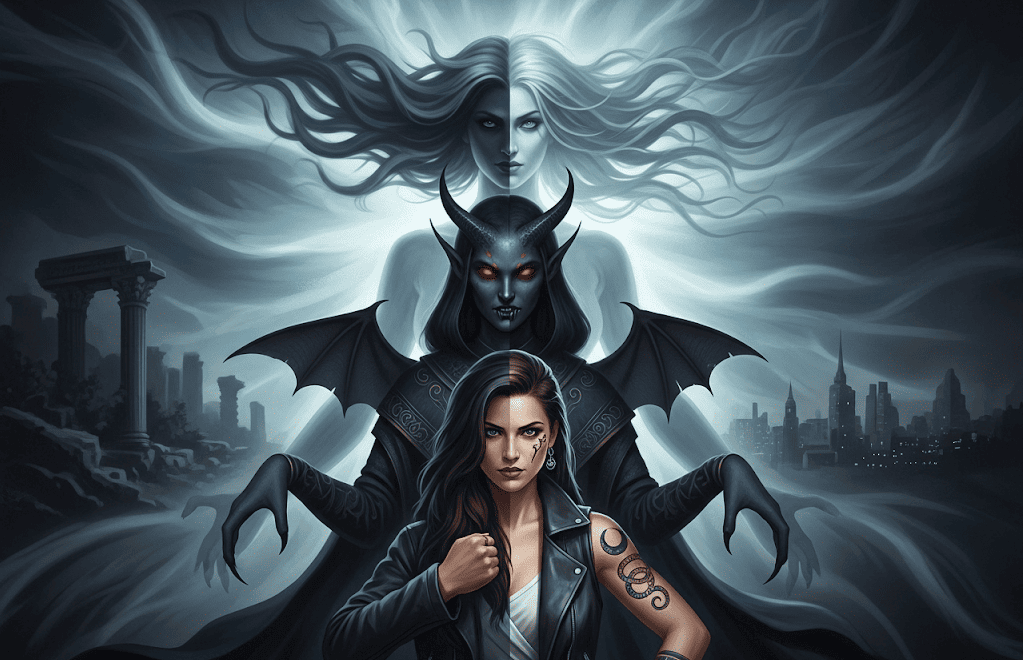
In many religions, especially Christianity, the story of human failure starts with Eve and the apple. That failure sets the stage for everything that follows – sin, salvation, and redemption through divine grace.
But if Lilith came before all that, it complicates the plot. She didn’t fall. She didn’t sin. She left. On her own terms. That’s not a failure, it’s a refusal.
And that makes the redemption arc a little wobbly. Because how do you preach the need for saving when the first woman didn’t need to be saved, she just needed to be free?
Lilith threatens the idea that women must fall to be forgiven. She was never broken, so she never had to be fixed. And that, perhaps, was the most dangerous idea of all.

I always felt a strong connection to the Divine since my birth. As an author and mentor, my mission is to help others find love, happiness, and inner strength in the darkest of times.

